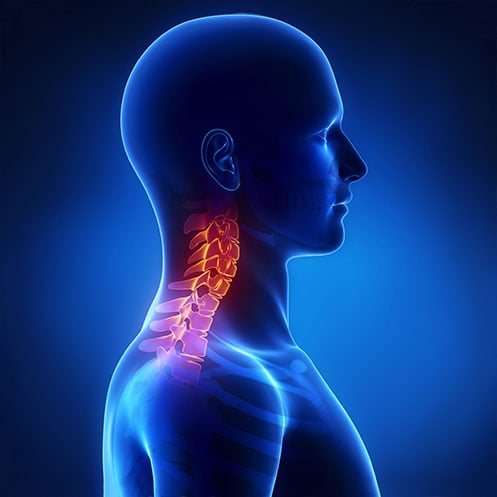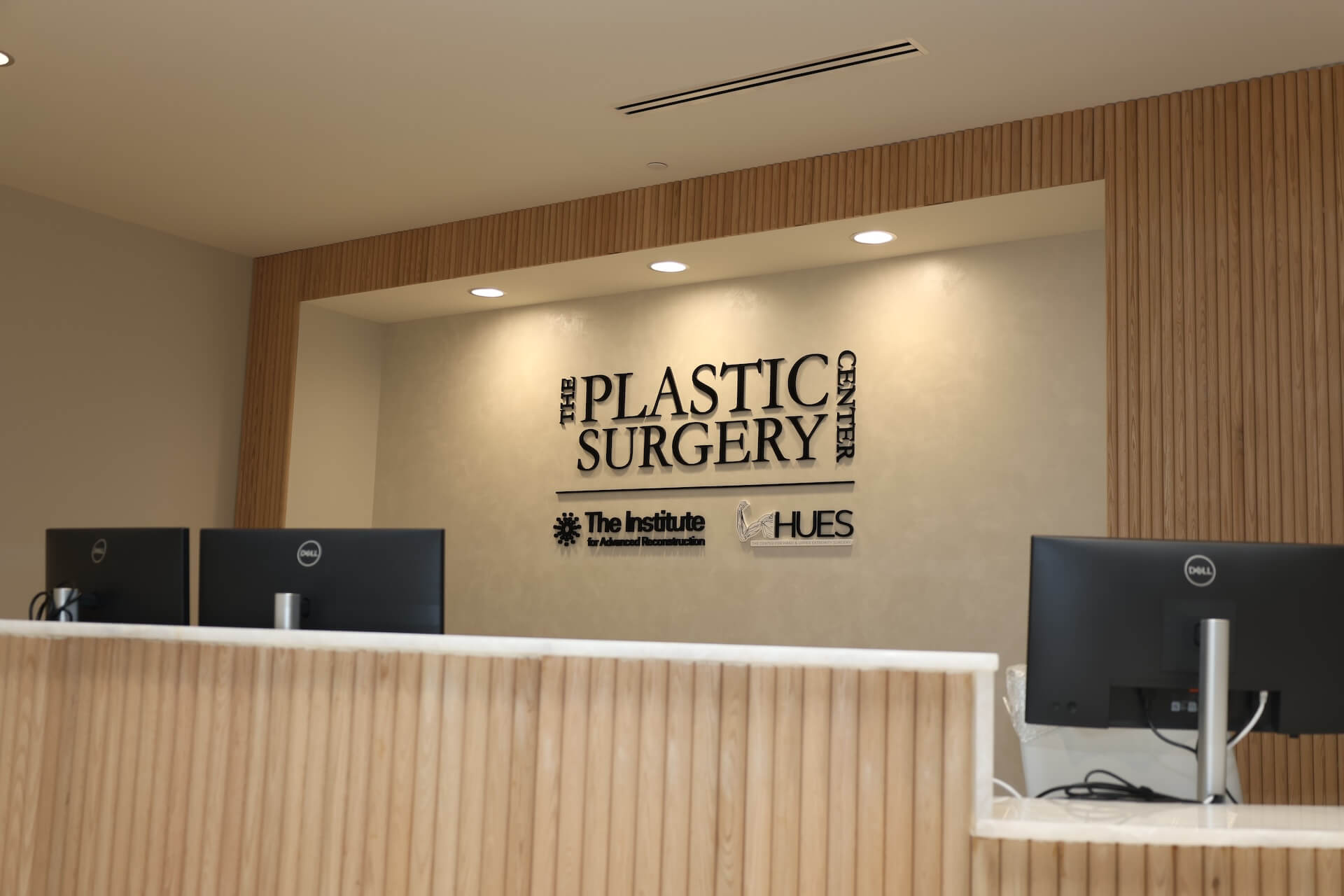Understanding Nerve Compression Syndromes: An Overview
Have you ever experienced that persistent tingling in your fingers or a nagging pain that shoots through your arm? Maybe you have found yourself dropping objects more often or struggling with simple tasks like buttoning a shirt. If these scenarios sound familiar, a nerve compression syndrome may be to blame.
At The Center for Hand and Upper Extremity Surgery, we understand how these symptoms can disrupt your daily life. Whether they affect your work, limit your hobbies, or simply make everyday activities a challenge, nerve compression syndromes can be frustrating and sometimes even scary. But here is the good news: you are not alone, and there is hope.
One of our expert physicians, Dr. David Tsai, explains: “Many patients come to us feeling frustrated and even fearful about their symptoms. Our goal is to provide answers and a clear path forward so they can get back to living their lives without pain or limitation.”
Let's explore nerve compression syndromes and how our experienced specialists can help you on your journey to recovery.
What Is Nerve Compression Syndrome?
Squeezed or compressed nerves can cause pain, numbness, tingling, or weakness in the affected area, leading to a condition known as nerve compression syndrome. Dr. Tsai shares: “Compression can happen at various points along the nerve's path, often where it passes through narrow spaces in the body.”
Types of Nerve Compression Syndrome
The two most common types of nerve compression syndromes include:
- Carpal tunnel syndrome, which affects the median nerve in the wrist
- Cubital tunnel syndrome, affecting the ulnar nerve at the elbow
There are several other compression syndromes, which can be quite common, but they often go unrecognized by the patient or their initial physicians:
- Pronator teres syndrome or Lacertus syndrome, affecting the median nerve in the forearm
- Radial tunnel syndrome, affecting the radial nerve in the forearm
- Suprascapular nerve entrapment, affecting the suprascapular nerve and the rotator cuff muscles
- Quadrangular space syndrome, affecting the axillary nerve in the shoulder and arm
- Pectoral outlet syndrome, affecting the brachial plexus beneath the pectoralis muscles
- Thoracic outlet syndrome, which affects nerves and blood vessels between the collarbone and first rib
Common Causes and Symptoms
Nerve compression can result from various factors, including:
- Repetitive motions
- Injury or trauma
- Anatomical abnormalities
- Certain medical conditions (e.g., diabetes, arthritis)
Symptoms often include:
- Numbness or tingling
- Weakness in the affected area
- Pain or aching
- Reduced range of motion
Risk Factors for Nerve Compression Syndrome
Several factors can increase your risk of developing nerve compression syndromes, including:
- Age (your risk increases with age)
- Certain occupations involving repetitive motions
- Over strenuous weightlifting
- Obesity
- Pregnancy
- Certain medical conditions (e.g., thyroid disorders, rheumatoid arthritis)
Are There Lifestyle Changes to Prevent Nerve Compression?
Not all cases of nerve compression can be prevented, but certain lifestyle changes may help reduce your risk:- Maintain good posture
- Take regular breaks during repetitive activities
- Maintain a healthy nutritious diet
- Stay physically active and maintain a healthy weight
- Use ergonomic tools and furniture
- Practice proper body mechanics when lifting or performing tasks
- Limit excessive bodybuilding and weightlifting
What to Expect During a Consultation
At The Center for Hand and Upper Extremity Surgery, we take pride in providing hope for patients experiencing nerve issues. “Every patient’s story is unique. During your consultation, we take the time to listen, assess, and develop a treatment plan tailored to your specific needs and goals,” explains Dr. Tsai.
When you visit, our expert team will:
- Review your medical history
- Perform a physical examination
- Conduct diagnostic tests if necessary (e.g., nerve conduction studies, imaging, diagnostic blocks)
- Discuss your symptoms and how they affect your daily life
- Develop a personalized treatment plan
Nerve Compression Syndrome Treatments
Our renowned surgeons are pioneers in advanced techniques for treating nerve compression syndromes, providing hope for countless patients. We perform many of our procedures at our state-of-the-art surgical facility, ensuring your comfort and the highest standards of care.
We specialize in:
- Decompression surgery: This outpatient procedure relieves pressure on the affected nerve by creating more space around it. It is commonly used for conditions like carpal tunnel syndrome and can provide immediate relief while preventing further nerve damage.
- Nerve transfers: This innovative technique involves rerouting a functioning nerve to restore movement or sensation in an area affected by nerve damage. It can also be used as an adjunct to supercharge a recovering nerve to augment its potential for healing. It is particularly useful for brachial plexus injuries and can sometimes restore function faster than traditional repair methods.
- Nerve grafts: In cases of severe nerve damage from prior trauma or surgery, we may need to remove the damaged portion of the nerve and replace the affected section with a healthy nerve graft. This technique can restore function in situations where simple decompression is not sufficient. While recovery may take longer, nerve grafts can offer hope for more complex cases.
We strive to understand each patient’s unique situation to recommend the best course of treatment for them. “Our team is dedicated to providing cutting-edge care. Whether it is a straightforward decompression surgery or a complex nerve transfer, we are here to help restore your function and quality of life,” Dr. Tsai shares.
Request an Appointment for Relief
If you are experiencing symptoms of nerve compression syndrome, take the first step toward nerve injury relief by reaching out. Our team of highly trained surgeons, many with double-board certifications, collaborates with experts worldwide to stay at the forefront of medical research and innovation.
Together, we will develop a treatment plan to help you regain function, reduce pain, and improve your quality of life.









